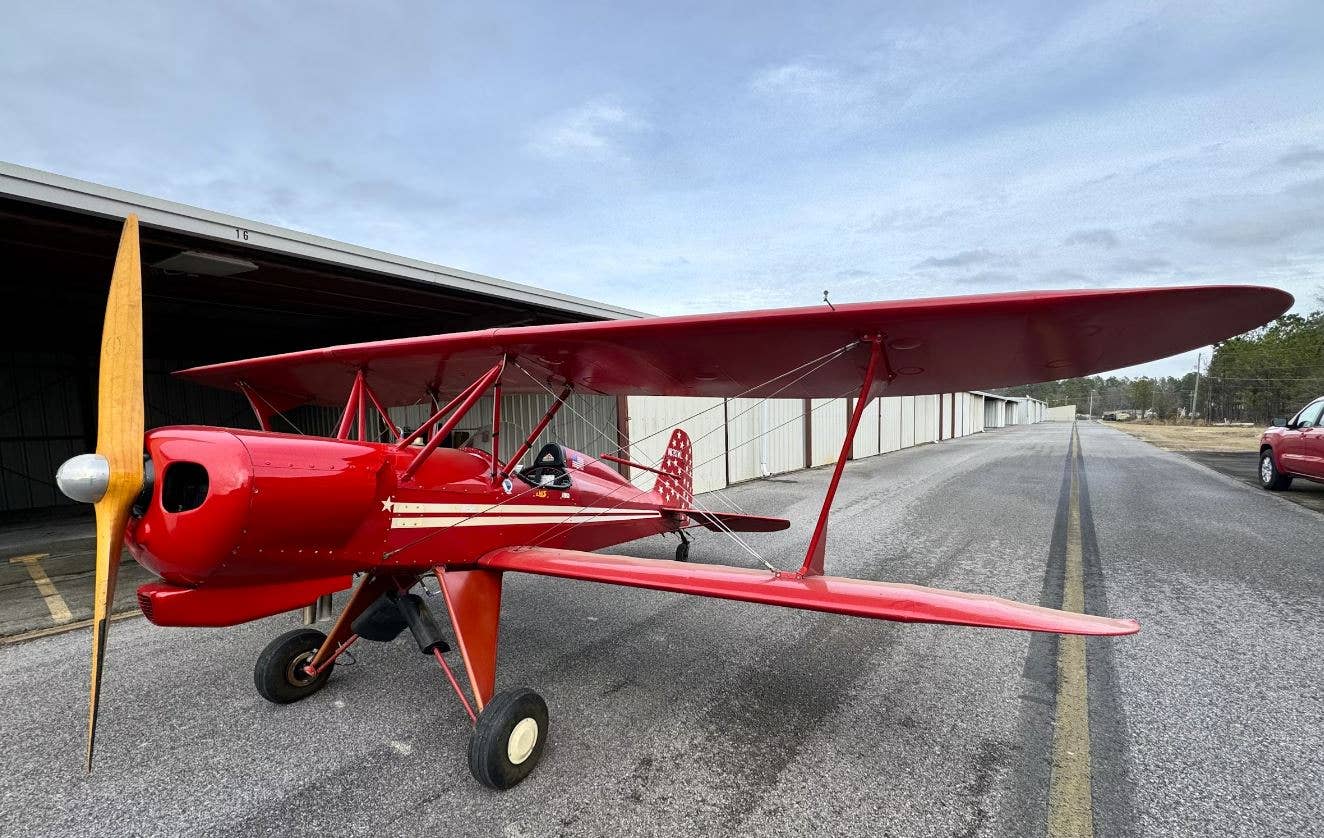Going Direct: Why NBC‘s Coverage Of Dale Earnhardt, Jr. Crash NTSB Report Should Embarrass Them
The news organization’s reading of the preliminary report claims the NTSB said something it most assuredly did not.
Details of the initial investigation into the crash of a Cessna Citation Latitude carrying Dale Earnhardt and his family have begun to come out. This is good, as we've been able to get the basic facts behind the mishap, the where, when who and what. That's really all an NTSB preliminary report is: a basic outline of the facts. What it isn't is a conclusion. Such first reports by investigators specifically leave out any mention of a cause. And there's a good reason for that. The investigators don't know why what they're seeing on the ground happened. That is, after all, the point of an investigation. And if the feds decide to blame anyone or anything, they'll wisely wait until they've had a lot of time to consider all the details.
So when I read yesterday on NBC.com that the NTSB had named a suspected cause of the Earnhardt crash, I knew it wasn't true. But I only knew that because, well, because I do. I've been writing about aviation accidents for a long time. And I'm a pilot. The person who wrote that NBC.com report can clearly claim neither.
Granted, aviation is complicated. If any of us pilots were at any point in our flying careers unsure of this, we were convinced in primary training with details such as, in order to steer a plane, you use the "gas and brake pedals" and not the "steering wheel." It's a humbling process---to unlearn so much that seems obvious and accept that aviation is unimaginably complex. To ask someone with no aviation experience and limited knowledge of it to understand that is wishful thinking.
So I like to give non-aviation types some leeway when I see their coverage. But I can be tolerant of their misunderstanding only to the point where it becomes blatant misinformation.
Such was the case when I saw NBC's story on the NTSB preliminary report on the Earnhardt Cessna Latitude overrun crash in Tennessee on August 15th, I was immediately drawn to one word: "malfunction." Indeed, the headline was that the "NTSB Says That Mechanical Malfunction Contributed To Dale Earnhardt, Jr., Crash."
Great headline. There's only one problem. The NTSB's report doesn't say that and investigators surely don't believe it (though they will keep an open mind on the subject, I'm sure).
So how did NBC.com get to "malfunction," a word not used in the short NTSB report? I have two guesses, ignorance of basic aviation concepts being central to both.
My first guess was that the report mentions in passing that the pilots said the plane didn't respond to their attempt to take off again following the second bounce of the bad landing. As pilots we know, the pilot's comments don't necessarily represent a set of facts. Why the plane didn't respond as expected is at this point mystery, and experience says that it very likely has to do with the pilots' perceptions and misunderstanding of the position they were in at the time rather than anything to do with the airplane performing unexpectedly. The preliminary report really only says what the pilots said and doesn't in any way weigh in on whether there's anything to it.
But the reason that NBC.com arrived at the word "malfunction" in its reading of the NTSB's description is surely that investigators reported that the right main gear of the Cessna Citation Latitude collapsed on the third reunion with runway. Now, landing gear is surely not meant to collapse, so when it did, I can only presume the writer must have imagined that it was a "malfunction."
We know that it wasn't. Might it have been a malfunction? I guess, but it's really unlikely. By far the most likely scenario is that it broke due to the forces of that last bounce that turned into a skid across the airport boundary. Calling that a malfunction is as silly as saying the wing of the jet "malfunctioned" when it hit the runway after the gear collapsed. Almost certainly, both did all that could have been asked of them under the circumstances, and to call it a "malfunction" is an aspersion against the manufacturer, in this case, Textron Aviation. Landing gear can't be made to never break. Its matter, and the forces involved in the crash of an aircraft, are staggeringly powerful. In this case, the landing gear leg was no match for it.
That's obvious to us pilots, and it should've been to the writer who chose to use it. I can only presume that the assumptions that went into the choice are as unfortunate as the choice of the word itself. That assumption is all too common in today's world. Its central premise is that all products should be able to withstand any degree of use or misuse and that their failure to do so means that it malfunctioned, or worse.
Don't get me wrong. Products can malfunction. But the NTSB made no such claim about the landing gear leg of the Citation in the mishap and almost certainly never will. Sometimes in life, things break for reasons better explained by how they're used than how they're designed or constructed.

Subscribe to Our Newsletter
Get the latest Plane & Pilot Magazine stories delivered directly to your inbox






